Home>Gardening & Outdoor>Landscaping Ideas>How To Mulch Grass With Lawn Mower
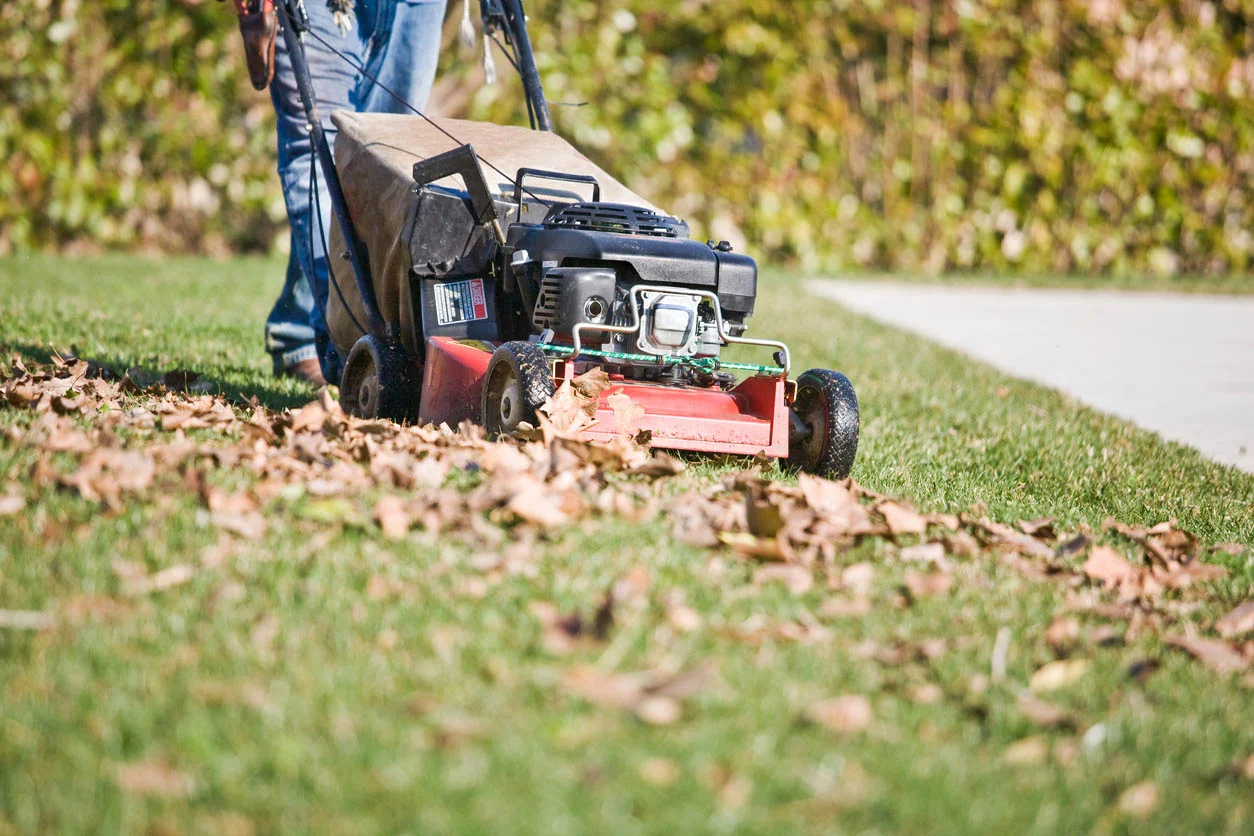

Landscaping Ideas
How To Mulch Grass With Lawn Mower
Modified: March 29, 2024
Learn effective landscaping ideas for mulching grass with a lawn mower. Discover expert tips for maintaining a healthy lawn and enhancing curb appeal.
(Many of the links in this article redirect to a specific reviewed product. Your purchase of these products through affiliate links helps to generate commission for Storables.com, at no extra cost. Learn more)
Introduction
Are you ready to take your lawn care to the next level? Mulching grass with a lawn mower is a fantastic way to nourish your lawn, promote healthy growth, and reduce the need for additional fertilizers. This eco-friendly practice involves finely chopping grass clippings and redistributing them back onto the lawn, where they break down and provide essential nutrients to the soil. Not only does mulching save time and effort by eliminating the need for raking and bagging clippings, but it also enhances the overall health and beauty of your lawn.
In this comprehensive guide, we will delve into the art of mulching grass with a lawn mower, exploring the numerous benefits of this technique, the key considerations for choosing the right lawn mower, and the essential steps for preparing your lawn for mulching. Additionally, we will provide expert tips for effectively mulching your grass to achieve optimal results. By the end of this article, you will be equipped with the knowledge and confidence to elevate your lawn care routine and achieve a lush, vibrant lawn through the power of mulching. So, let's dive in and uncover the secrets of mulching grass with a lawn mower!
Key Takeaways:
- Mulching grass with a lawn mower enriches the soil naturally, promoting lush, vibrant grass growth while reducing the need for synthetic fertilizers and chemical treatments.
- Choosing the right mower and following expert mulching tips are essential for achieving optimal results and cultivating a flourishing, sustainable landscape.
Read more: How To Cut Grass With Lawn Mower
Benefits of Mulching Grass
Mulching grass with a lawn mower offers a plethora of benefits for both your lawn and the environment. Let’s explore the remarkable advantages of this sustainable lawn care practice:
- Natural Fertilization: When grass clippings are mulched and left on the lawn, they decompose and release essential nutrients back into the soil, acting as a natural fertilizer. This process enriches the soil with nitrogen, potassium, and phosphorus, promoting healthier and lusher grass growth.
- Moisture Retention: Mulched grass clippings form a protective layer over the soil, helping to retain moisture and reduce water evaporation. This natural mulch layer acts as a barrier against the sun’s heat, keeping the soil cool and moist, which is especially beneficial during hot and dry periods.
- Weed Suppression: The layer of mulched grass clippings inhibits weed growth by blocking sunlight and creating an unfavorable environment for weed seeds to germinate. This natural weed suppression reduces the need for chemical herbicides, contributing to a healthier and more sustainable lawn ecosystem.
- Soil Health Improvement: Mulching grass enhances soil structure and fertility by increasing organic matter content. As the clippings decompose, they contribute to the overall health of the soil, promoting better aeration, drainage, and microbial activity, which are essential for robust root development and nutrient uptake.
- Time and Labor Savings: Mulching eliminates the time-consuming task of raking, bagging, and disposing of grass clippings. By recycling the clippings back into the lawn, you save valuable time and effort while also reducing yard waste and associated disposal costs.
- Environmental Benefits: Mulching grass is an eco-friendly practice that minimizes the amount of organic waste sent to landfills. By recycling grass clippings on-site, you contribute to sustainable waste management and reduce the environmental impact of lawn maintenance.
By harnessing the power of mulching, you can achieve a greener, more vibrant lawn while promoting environmental sustainability and reducing the need for synthetic fertilizers and chemical treatments. Embracing this natural approach to lawn care brings a host of benefits that contribute to the long-term health and beauty of your outdoor space.
Choosing the Right Lawn Mower
When it comes to mulching grass effectively, selecting the right lawn mower is essential for achieving optimal results. Here are key factors to consider when choosing a lawn mower for mulching:
- Mulching Capability: Look for a mower specifically designed for mulching, equipped with mulching blades and a compatible mulching kit. These specialized features ensure that grass clippings are finely chopped and redistributed evenly across the lawn, facilitating the decomposition process.
- Engine Power and Cutting Width: Consider the size of your lawn and the type of grass you are mowing when selecting a mower. A powerful engine and wider cutting deck are beneficial for larger lawns, while smaller mowers may be sufficient for compact or irregularly shaped lawns.
- Adjustable Height Settings: Opt for a mower with adjustable cutting height settings, allowing you to customize the grass height based on seasonal growth and mowing frequency. This flexibility ensures that you can maintain an optimal grass height for effective mulching.
- Ergonomic Design and Maneuverability: Choose a mower that offers comfortable handling and easy maneuverability, especially if you have landscaping obstacles or uneven terrain. Ergonomic features, such as adjustable handles and efficient maneuvering capabilities, can enhance the overall mowing experience.
- Durable Construction and Easy Maintenance: Prioritize mowers with durable construction and easy maintenance requirements. A robust build and simple maintenance procedures contribute to the longevity and reliability of the mower, ensuring consistent performance during mulching tasks.
- Environmental Considerations: For environmentally conscious homeowners, electric or battery-powered mowers offer a quieter and emission-free alternative to traditional gas-powered models. These eco-friendly options provide a greener approach to lawn maintenance without compromising mulching effectiveness.
By carefully evaluating these factors and selecting a lawn mower that aligns with your specific lawn care needs, you can maximize the efficiency and effectiveness of mulching grass while enjoying a seamless and enjoyable mowing experience. The right mower serves as a valuable tool in your quest for a healthy, vibrant lawn through the practice of mulching.
Preparing the Lawn for Mulching
Before embarking on the mulching process, it’s essential to prepare your lawn to ensure optimal results and promote the decomposition of grass clippings. Follow these essential steps to prepare your lawn for mulching:
- Mow When Dry: For effective mulching, mow the lawn when the grass is dry to prevent clumping and ensure that the mower can finely chop the clippings. Wet grass can impede the mulching process and lead to uneven distribution of clippings on the lawn.
- Inspect and Sharpen Blades: Check the mower blades for sharpness and ensure they are in good condition. Dull blades can tear the grass instead of cleanly cutting it, resulting in ragged clippings that are less conducive to mulching. Sharpen or replace blades as needed to achieve a clean cut.
- Remove Debris and Obstacles: Clear the lawn of any debris, such as branches, rocks, or large twigs, to prevent potential damage to the mower and ensure a smooth mulching process. Additionally, relocate any obstacles, such as garden hoses or toys, to facilitate unhindered mowing.
- Adjust Cutting Height: Set the mower’s cutting height to leave the grass at an optimal length for mulching. A general rule of thumb is to avoid cutting more than one-third of the grass blade’s height to maintain the health of the lawn and promote efficient mulching.
- Trim Lawn Edges: Use a trimmer or edger to tidy up lawn edges and create a clean perimeter before mulching. Well-defined edges enhance the overall appearance of the lawn and ensure that the mower can access hard-to-reach areas for thorough mulching.
- Clear Clippings After Initial Mowing: If the lawn is excessively overgrown, consider mowing it at a higher setting initially to collect the excess clippings. Once the initial mowing is complete, set the mower to the desired mulching height for subsequent passes to evenly distribute the clippings.
By meticulously preparing your lawn for mulching, you set the stage for a successful and efficient mulching process, allowing the grass clippings to integrate seamlessly into the lawn and contribute to its overall health and vitality. With proper preparation, you can maximize the benefits of mulching while maintaining a well-groomed and flourishing lawn.
When mulching grass with a lawn mower, make sure to mow when the grass is dry and not too tall. Set the mower to a high setting and mow in a crisscross pattern to ensure even mulching.
Mulching Grass with a Lawn Mower
Now that your lawn is primed for mulching, it’s time to dive into the mulching process itself. Follow these steps to effectively mulch grass with a lawn mower and harness the full potential of this sustainable lawn care practice:
- Select the Ideal Mowing Conditions: Choose a dry day with moderate weather conditions for mulching. Mowing in dry weather ensures that the grass clippings are dry and easily mulched, while moderate temperatures provide a comfortable environment for the mowing process.
- Begin Mowing in a Crisscross Pattern: Start mowing the lawn in a crisscross or overlapping pattern to ensure thorough coverage and efficient mulching. This approach helps distribute the clippings evenly across the lawn, promoting consistent decomposition and nutrient distribution.
- Maintain a Moderate Mowing Pace: Avoid mowing too quickly, as this can impede the mower’s ability to efficiently mulch the clippings. A moderate mowing pace allows the mower to finely chop the clippings and disperse them evenly, facilitating the decomposition process.
- Overlap Mowing Passes: Overlap each mowing pass slightly to ensure comprehensive coverage and prevent missed areas. This technique promotes uniform mulching and prevents clumps of clippings from accumulating in specific spots on the lawn.
- Inspect the Mulched Clippings: Periodically inspect the mulched clippings to ensure that they are finely chopped and evenly distributed. Adjust the mowing height or pace as needed to achieve the desired mulching consistency and coverage across the lawn.
- Monitor Clipping Dispersal: Pay attention to the dispersal of the clippings to ensure that they are evenly spread across the lawn. Proper dispersal facilitates the decomposition process and prevents the accumulation of clippings in concentrated areas, promoting a uniform mulch layer.
By following these steps and maintaining a methodical approach to mulching, you can effectively integrate grass clippings back into the lawn, nourishing the soil and promoting the overall health and beauty of your outdoor space. Embrace the art of mulching to elevate your lawn care routine and cultivate a flourishing, sustainable landscape.
Read more: How To Cut Grass Without A Lawn Mower
Tips for Effective Mulching
Enhance the success of your mulching endeavors with these expert tips and best practices for achieving effective mulching results:
- Regular Mowing: Maintain a consistent mowing schedule to prevent grass from becoming excessively long, as this can impede the mulching process and lead to uneven clippings. Regular mowing promotes finer clippings that decompose more readily and integrate seamlessly into the lawn.
- Sharpen Mower Blades: Keep your mower blades sharp to ensure clean and precise cuts, resulting in finely mulched clippings that break down more efficiently. Dull blades can tear the grass, leading to ragged clippings that decompose at a slower rate.
- Adjust Mowing Frequency: Tailor your mowing frequency to match the grass growth rate, especially during periods of rapid growth. Adapting your mowing schedule to the seasonal growth patterns of the grass promotes optimal mulching conditions and encourages the decomposition of clippings.
- Leave Clippings in Place: Resist the urge to bag or collect grass clippings, as leaving them in place facilitates the mulching process and enriches the soil with essential nutrients. Embrace the “grasscycling” approach by allowing the clippings to decompose naturally and contribute to the lawn’s overall health.
- Alternate Mowing Directions: Vary the direction of your mowing patterns with each mowing session to prevent soil compaction and promote even distribution of mulched clippings. Alternating mowing directions enhances coverage and encourages a uniform mulch layer across the lawn.
- Monitor Soil Moisture: Keep an eye on soil moisture levels, especially during dry periods, to ensure that the lawn receives adequate hydration. Proper soil moisture promotes the decomposition of clippings and supports the overall health of the grass and soil ecosystem.
- Observe Grass Height: Adhere to the one-third rule when mowing, aiming to remove only a third of the grass blade’s height with each mowing session. Maintaining an optimal grass height promotes effective mulching and sustains the health and resilience of the lawn.
By implementing these tips and integrating them into your lawn care routine, you can optimize the mulching process and cultivate a thriving, resilient lawn that benefits from the natural enrichment of mulched clippings. Embrace these strategies to elevate your lawn care practices and achieve outstanding results through the power of mulching.
Conclusion
Congratulations on delving into the art of mulching grass with a lawn mower and discovering the myriad benefits of this sustainable lawn care practice. By embracing mulching, you have unlocked a natural and effective method of nourishing your lawn, promoting soil health, and reducing the need for extensive yard maintenance. As you embark on your mulching journey, keep in mind the following key takeaways:
- Natural Nourishment: Mulching grass with a lawn mower enriches the soil with essential nutrients, serving as a natural fertilizer that fosters lush, vibrant grass growth.
- Sustainable Landscape Care: Embracing mulching contributes to a more sustainable approach to lawn maintenance, reducing waste and minimizing the reliance on synthetic fertilizers and chemical treatments.
- Lawn Health and Resilience: Through effective mulching, you can bolster the health and resilience of your lawn, creating an environment that thrives on organic enrichment and sustainable practices.
- Best Practices Matter: From selecting the right lawn mower to implementing expert mulching tips, incorporating best practices into your mulching routine is essential for achieving optimal results.
As you continue to refine your mulching techniques and integrate them into your lawn care regimen, remember that patience and consistency are key. By adhering to a regular mowing schedule, maintaining your equipment, and observing proper mulching practices, you can cultivate a flourishing, sustainable landscape that reflects the beauty and resilience of nature.
Embrace the art of mulching as a testament to your commitment to environmental stewardship and the long-term well-being of your outdoor space. With each pass of the mower and every finely mulched clipping, you contribute to the health and vitality of your lawn while leaving a positive impact on the environment. Now, armed with the knowledge and insights gained from this guide, you are well-equipped to embark on your mulching journey with confidence and enthusiasm. Here’s to a greener, healthier lawn through the transformative power of mulching!
Frequently Asked Questions about How To Mulch Grass With Lawn Mower
Was this page helpful?
At Storables.com, we guarantee accurate and reliable information. Our content, validated by Expert Board Contributors, is crafted following stringent Editorial Policies. We're committed to providing you with well-researched, expert-backed insights for all your informational needs.
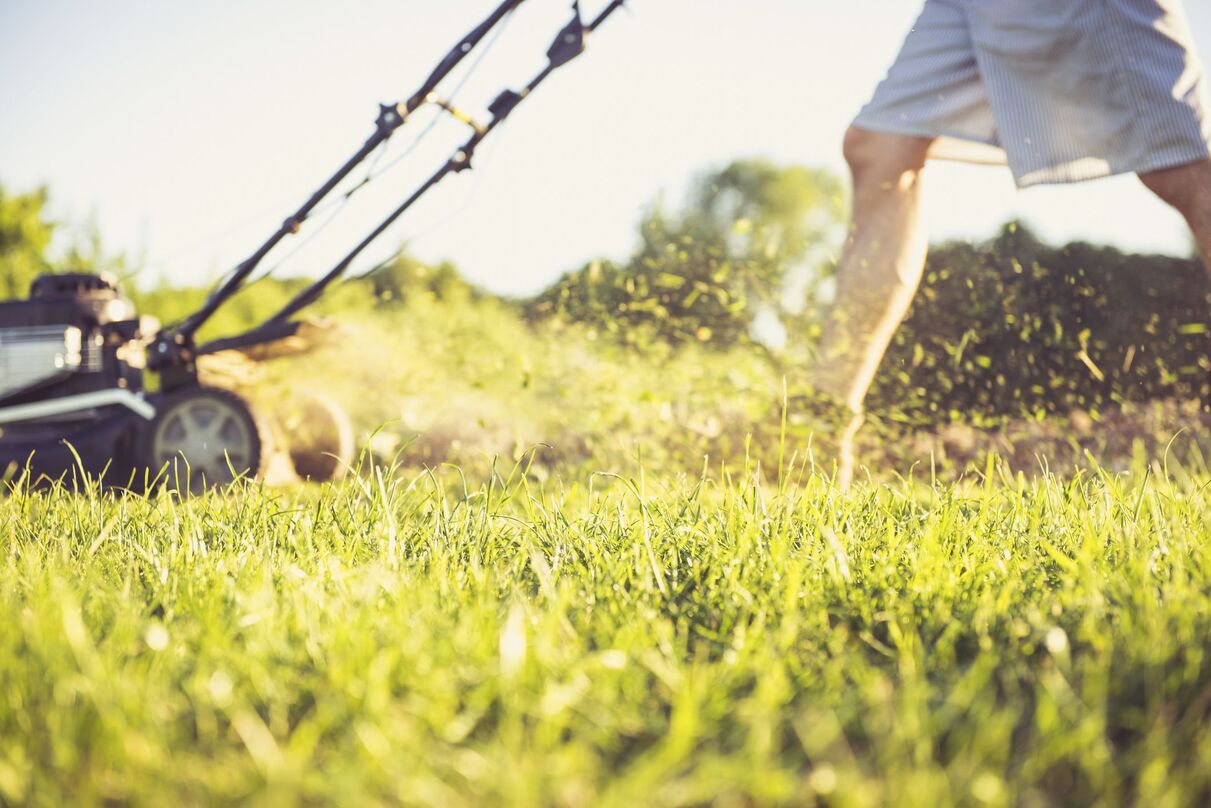
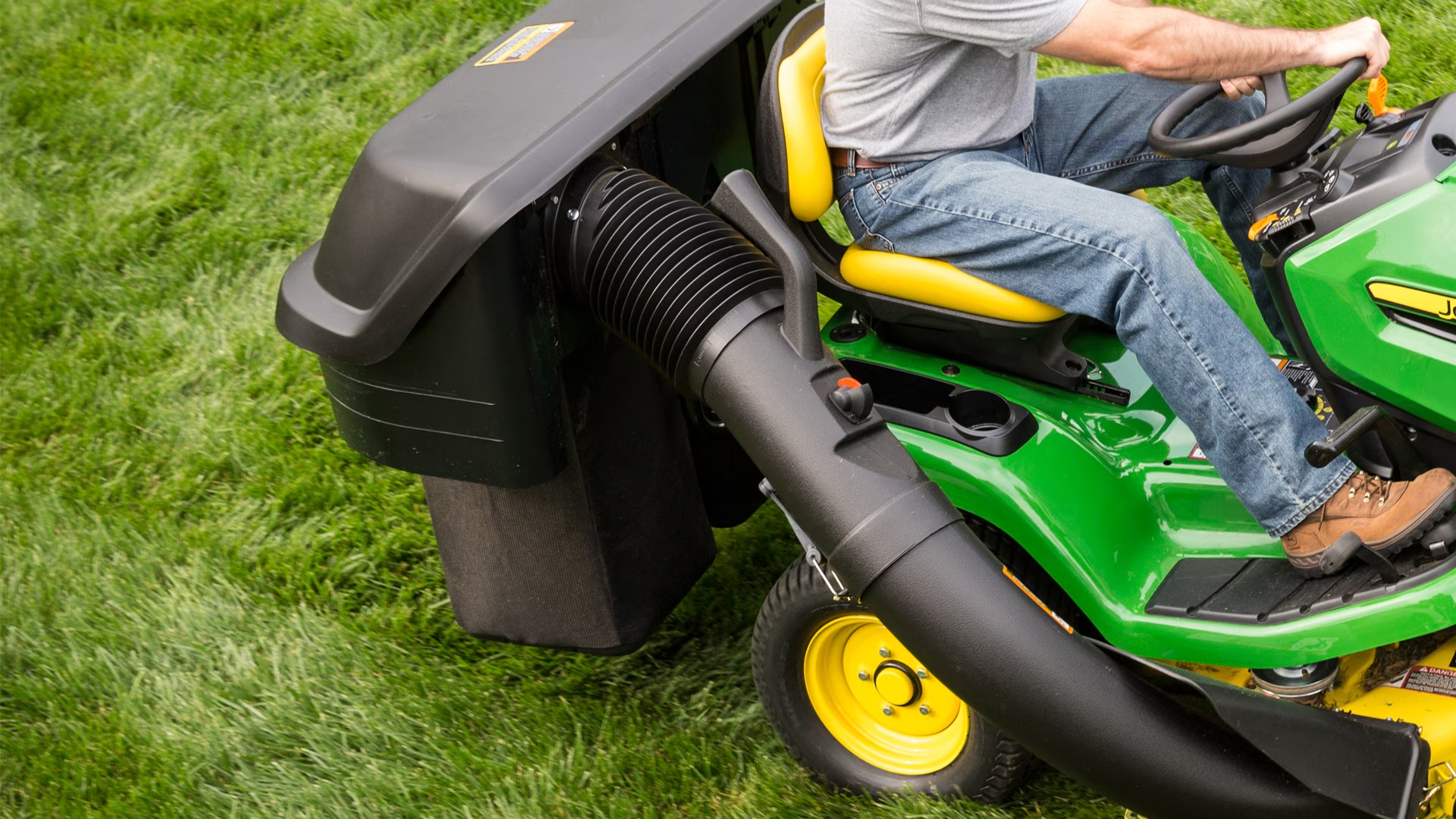
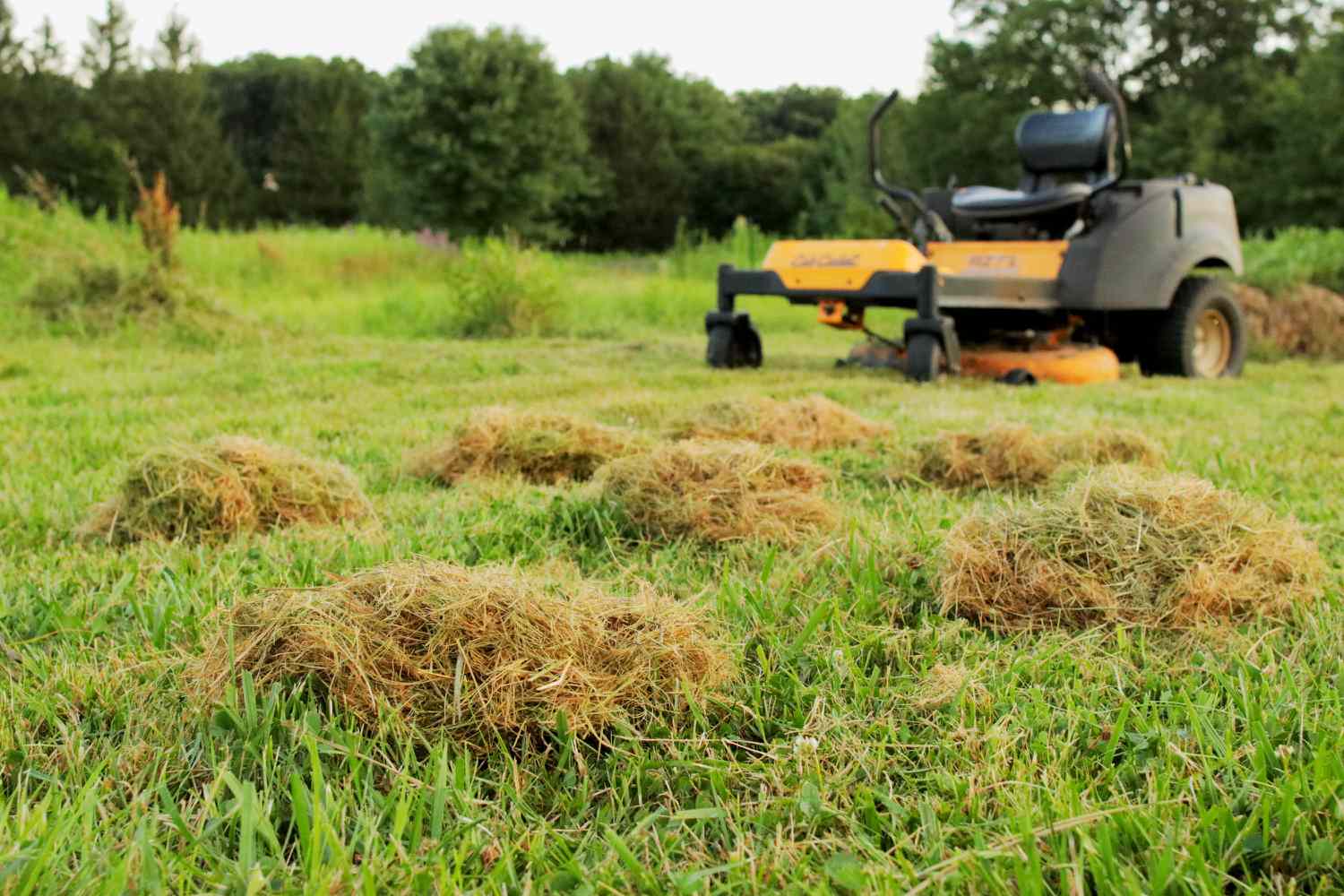
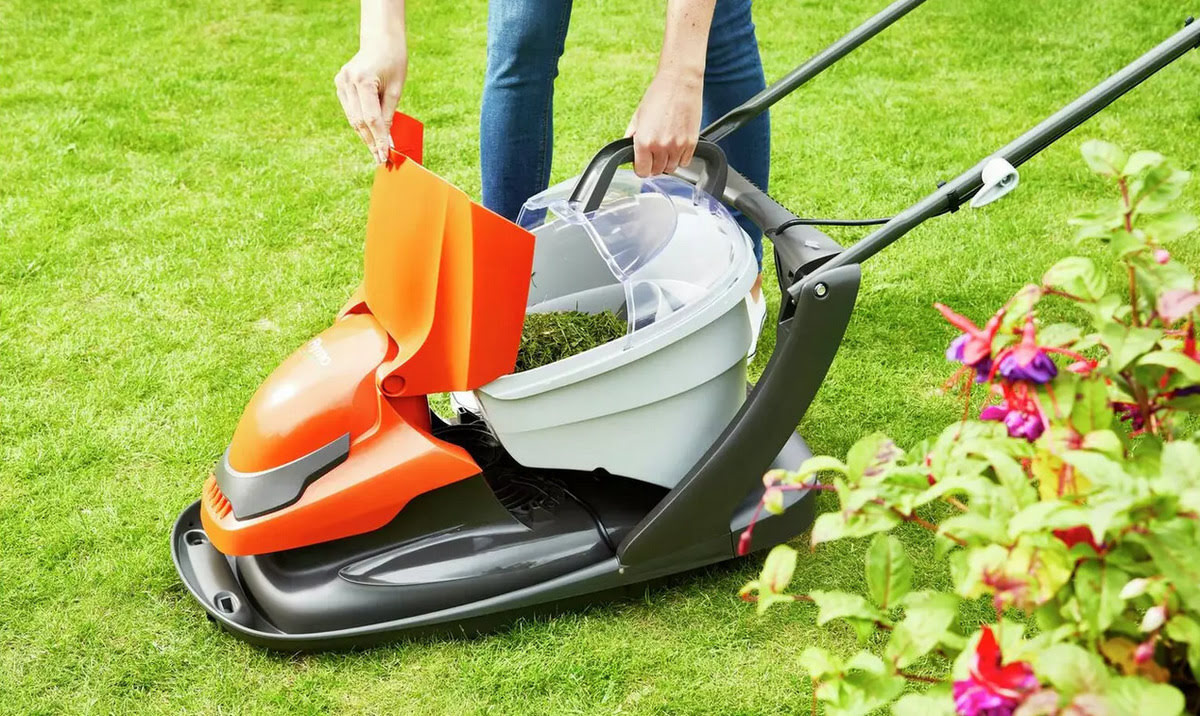
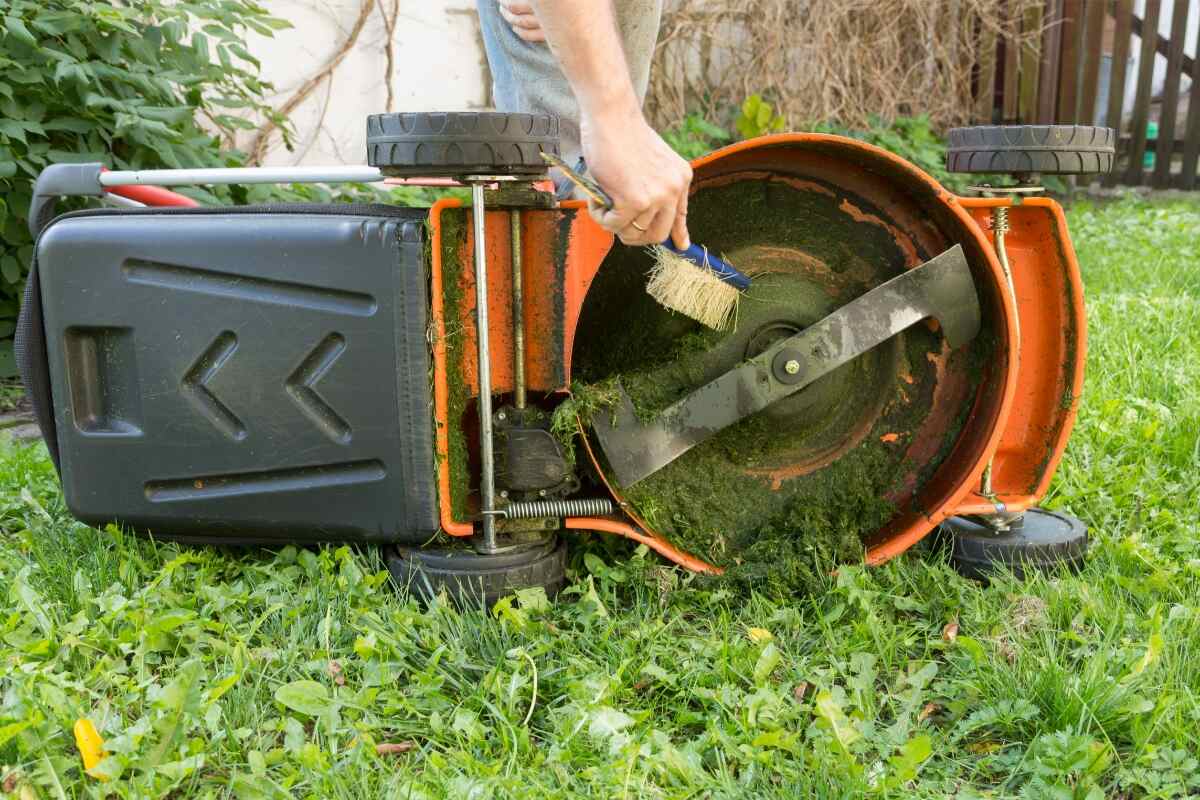
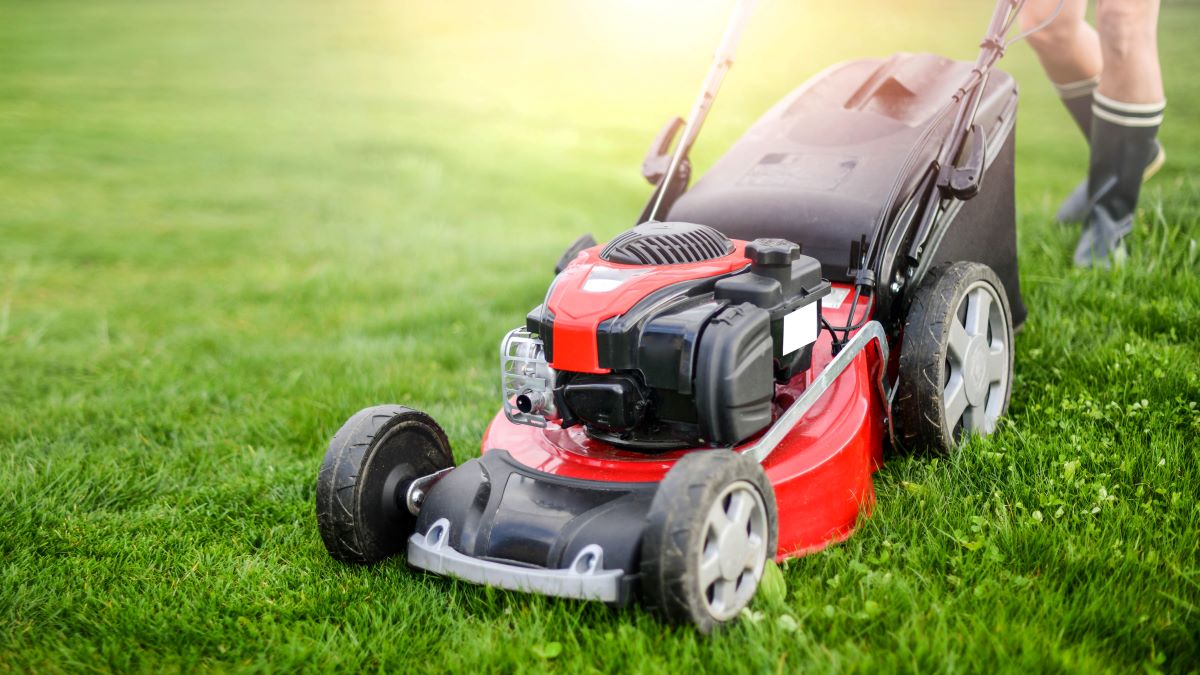
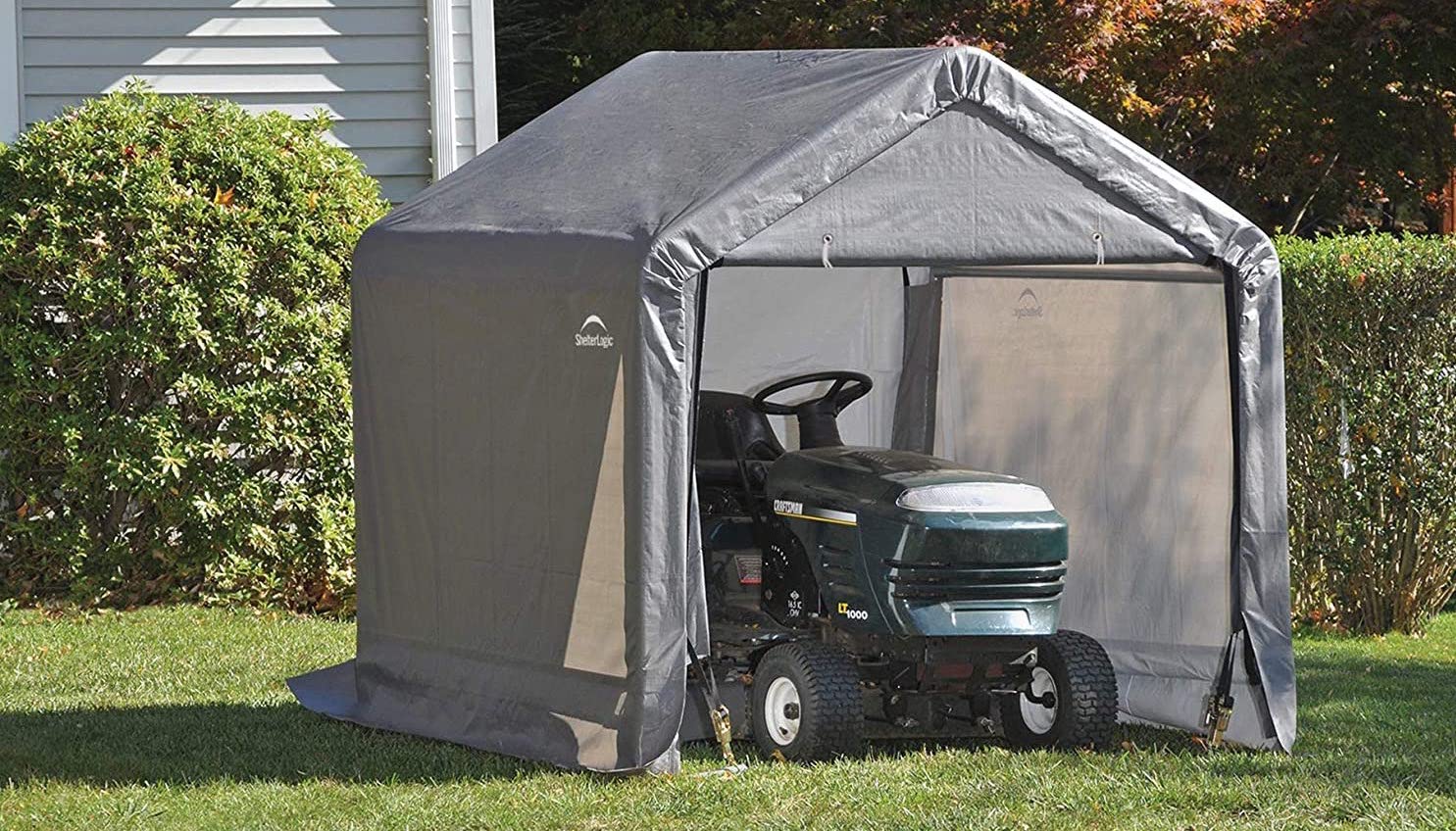
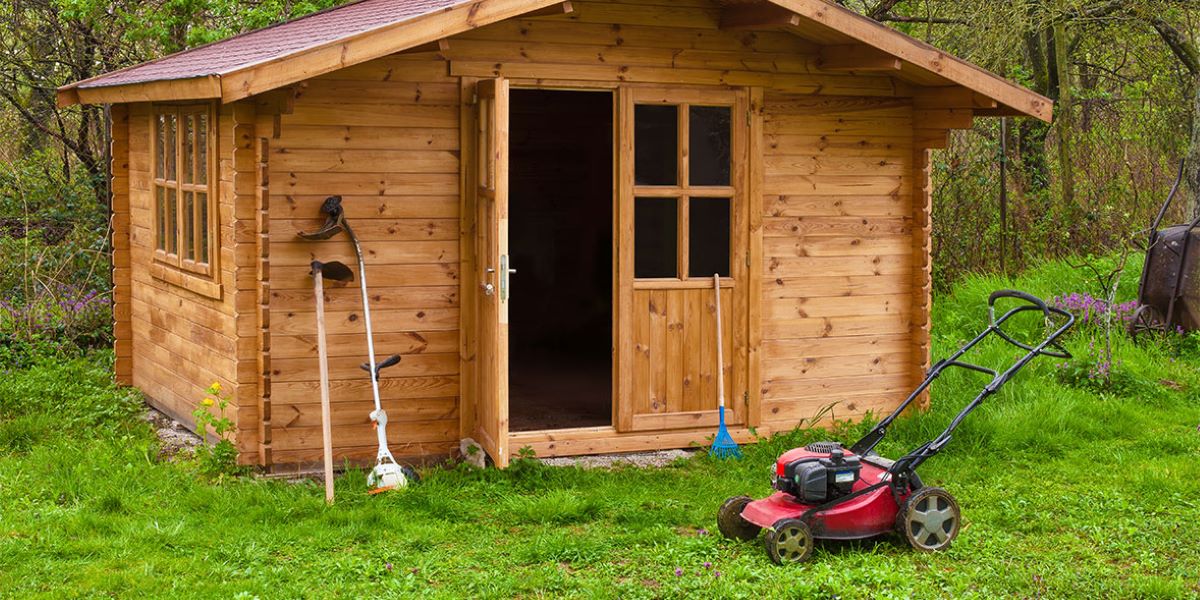
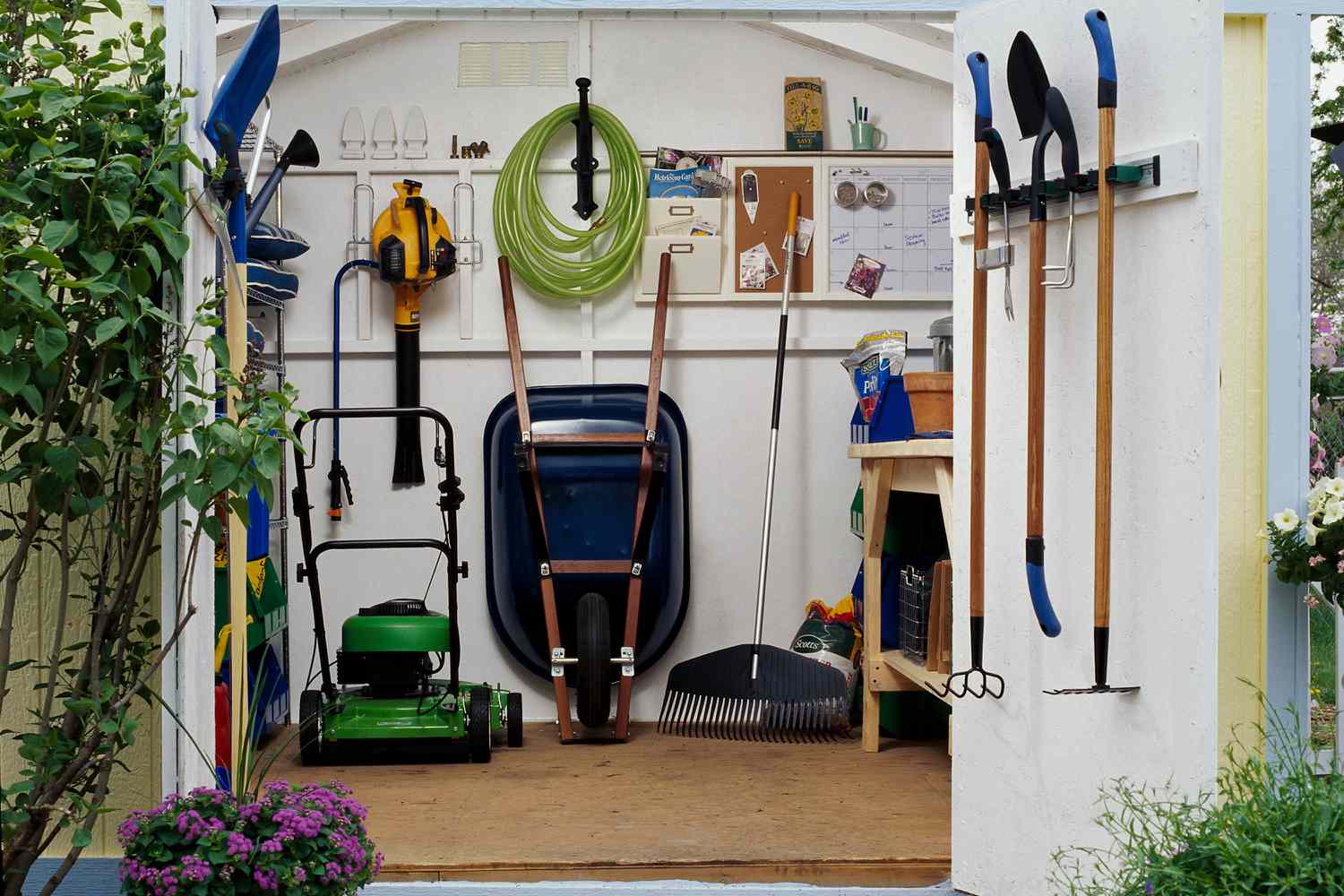
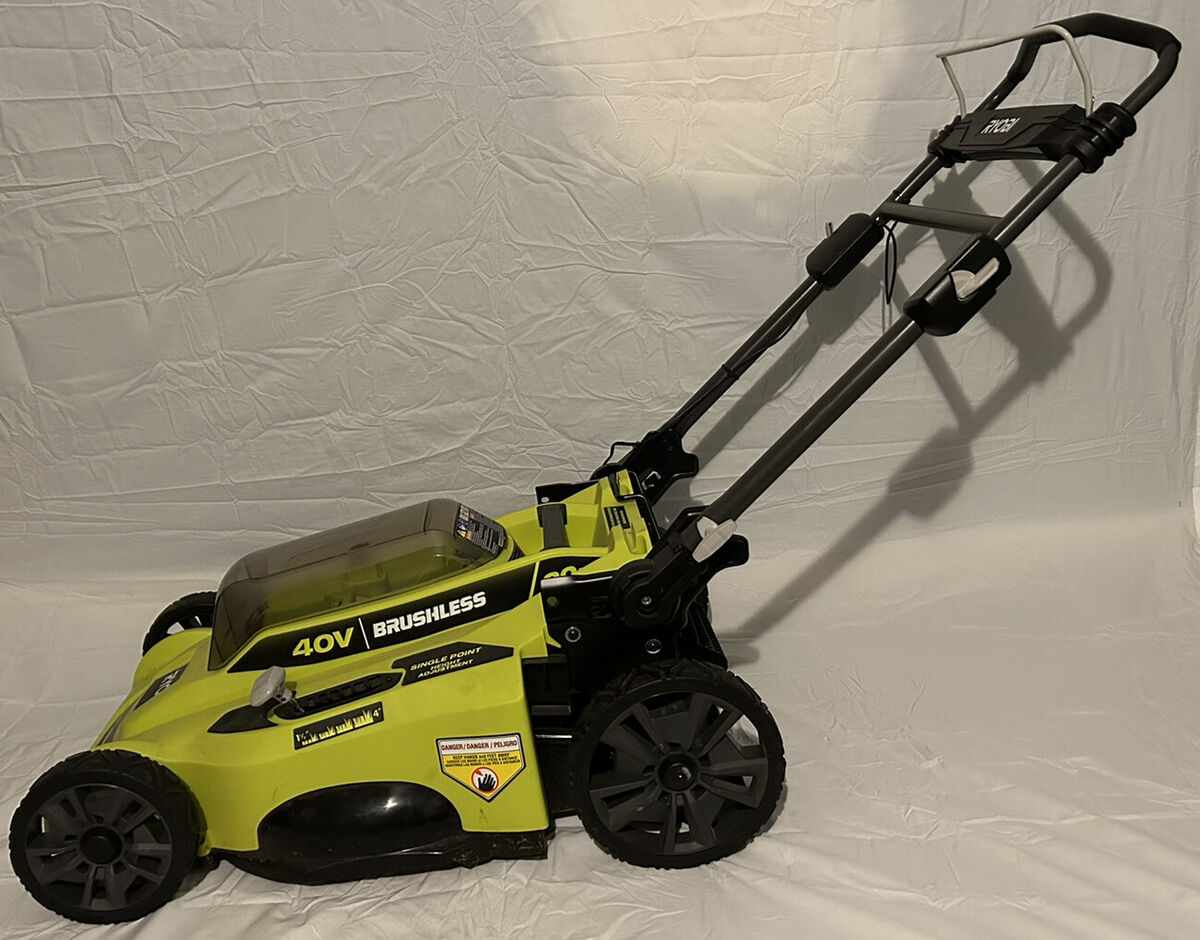
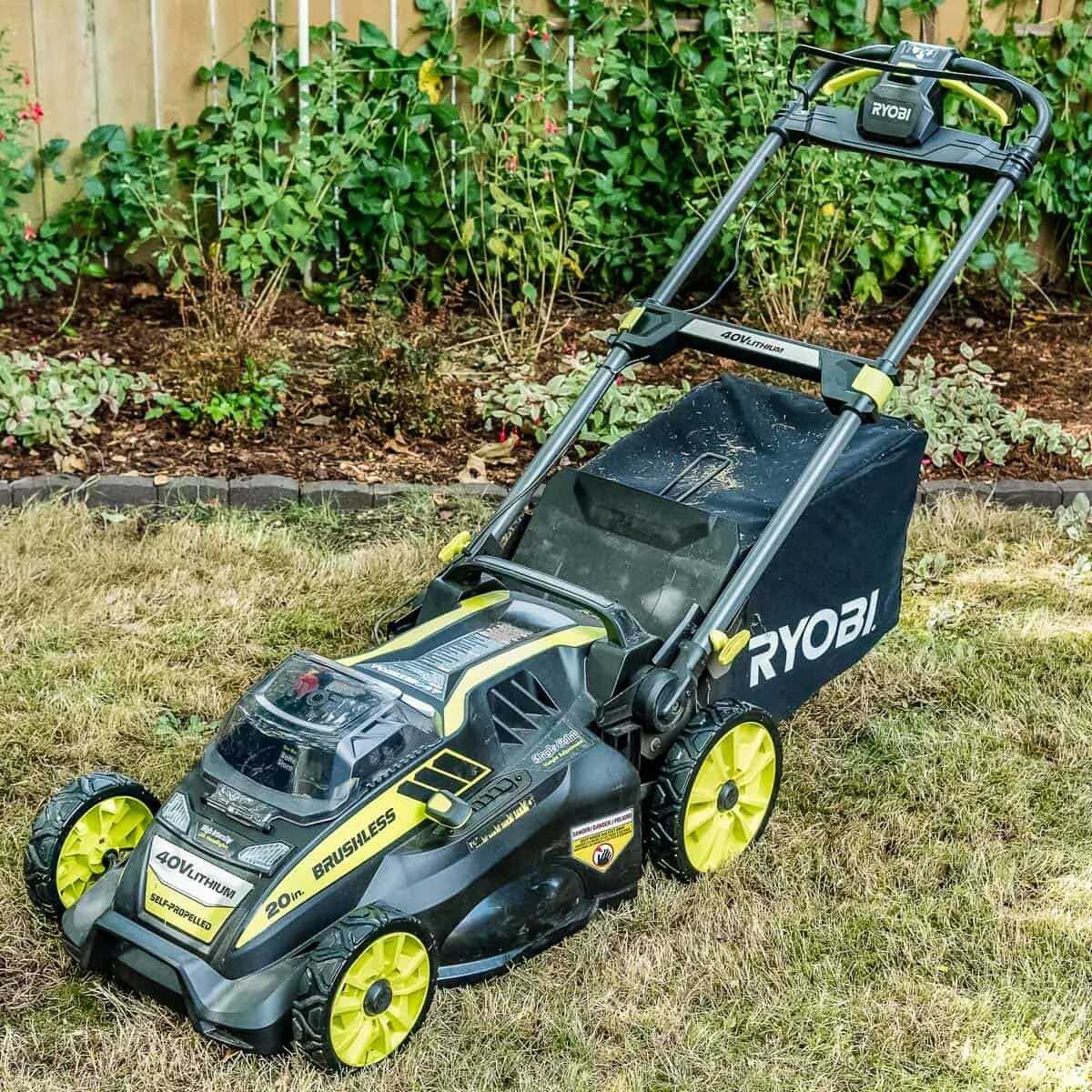
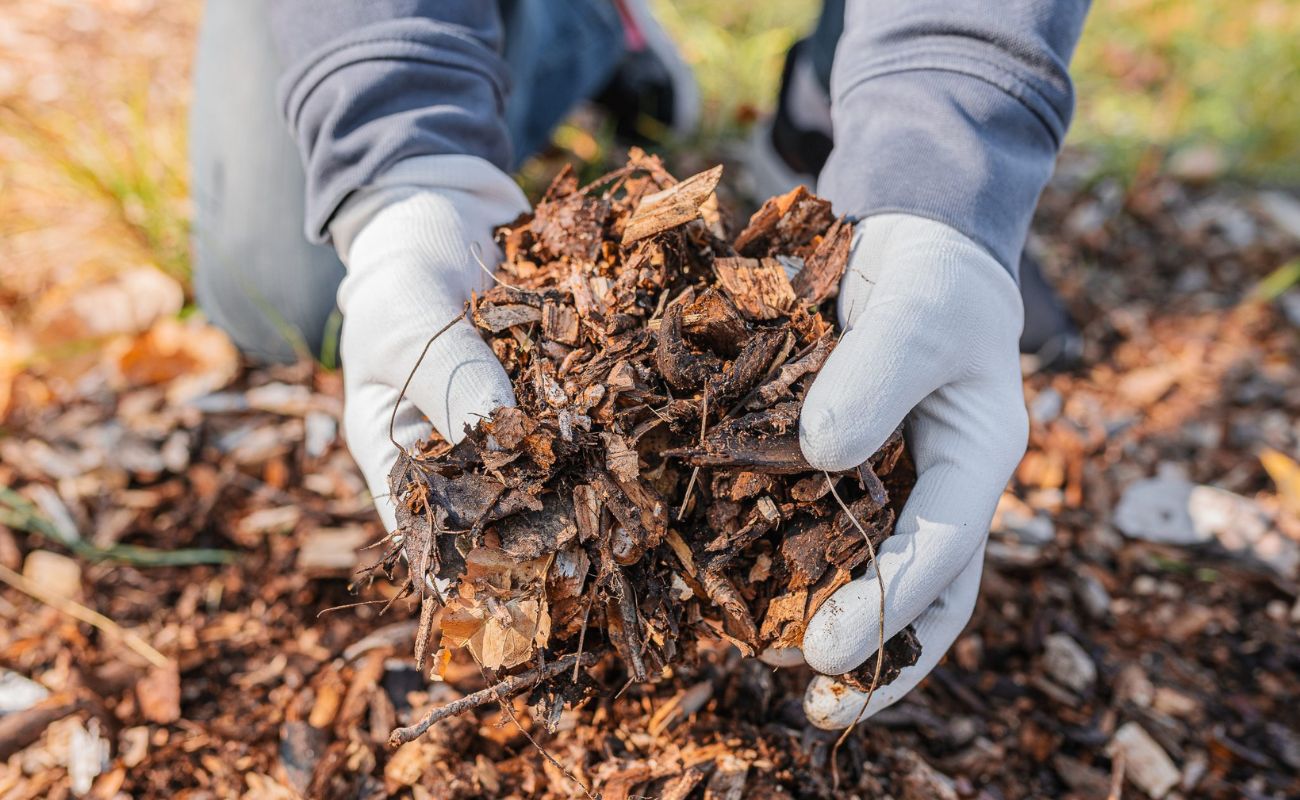
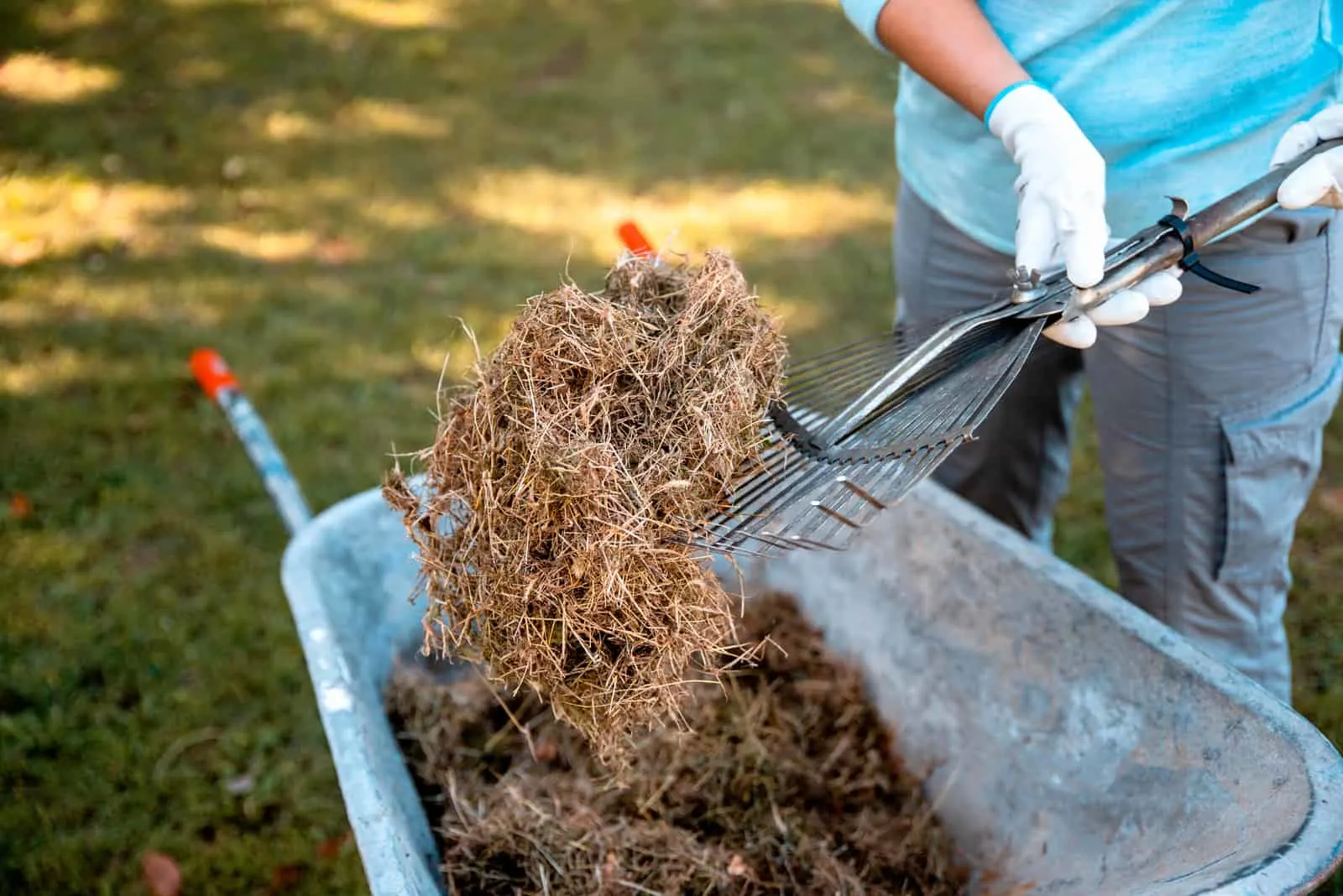
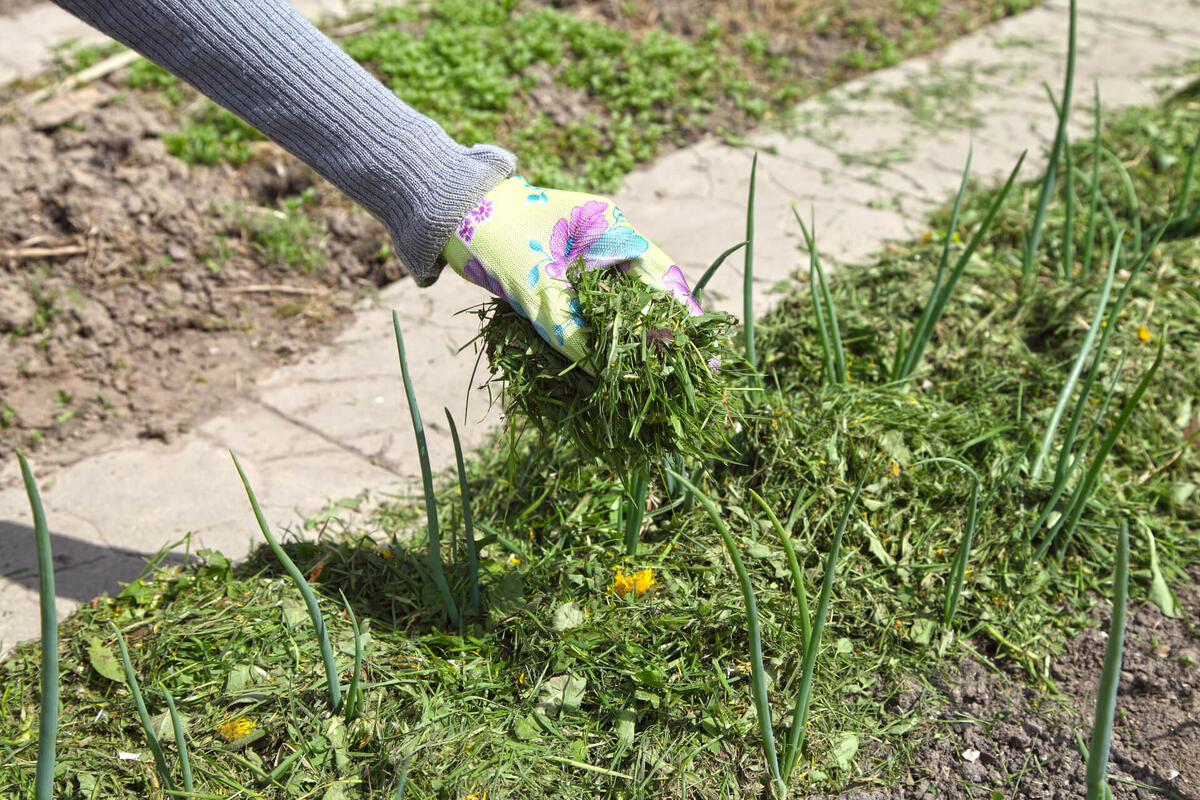

0 thoughts on “How To Mulch Grass With Lawn Mower”